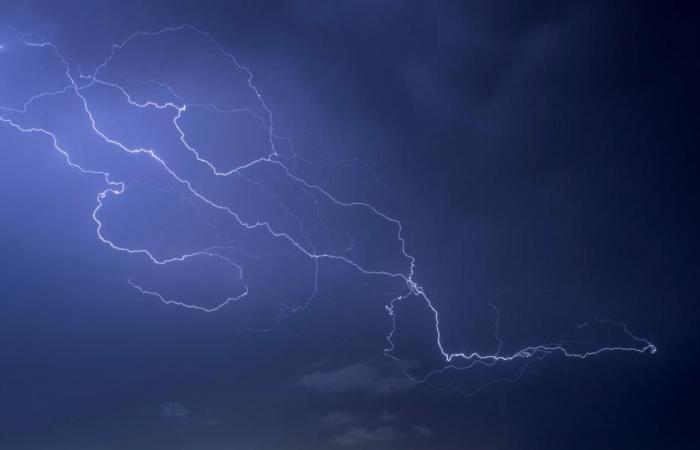What is a storm?
By Sudinfo
We usually see a light in the sky or a distant thud. We then use a word directly: storm. But what really is a storm? What we see and what we hear is a good first indication since it is defined as “one or more sudden discharges of electricity, manifested by a flash of intense light (lightning) and a dull noise of rumble (thunder).”
Thunderstorms are announced when at least one flash of lightning is observed by a detection system or an observer. The Royal Meteorological Institute (IRM) recalls that we speak of lightning “when a luminous phenomenon is observed between or behind the clouds (possibly beyond the horizon), so that the real lightning channel remains invisible. Thunder is not always audible within the normal hearing range.”
Many factors
Whether or not a storm occurs depends on many factors. “The atmosphere must be unstable, such as days when the air is warm and humid in the lower layers of the atmosphere or when the air is very cold at altitude. Preferably, an upward mechanism such as a front or convergence line should occur. In cases of very strong thunderstorms (with risks of hail and strong winds), there must also be what is called wind shear. This implies that wind strength increases significantly with altitude, and/or wind direction is also changed with altitude,” explains the IRM.
Thunderstorms can occur in both warm and cold air masses, as well as along fronts which are the dividing lines between the air masses. Thunderstorms can be divided into several types.







